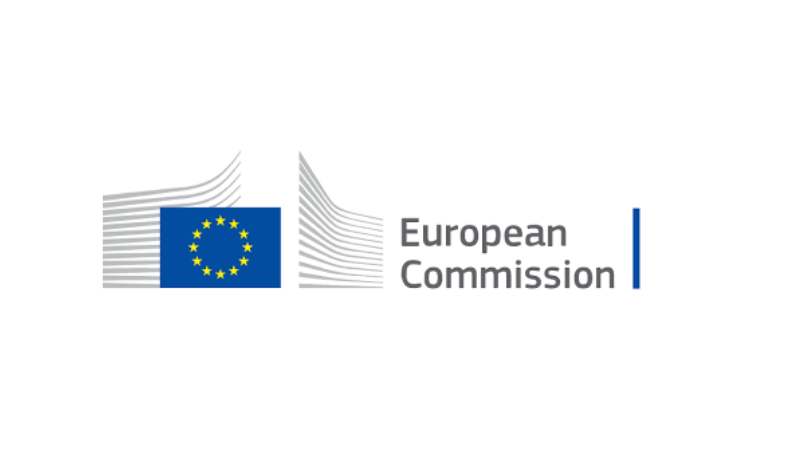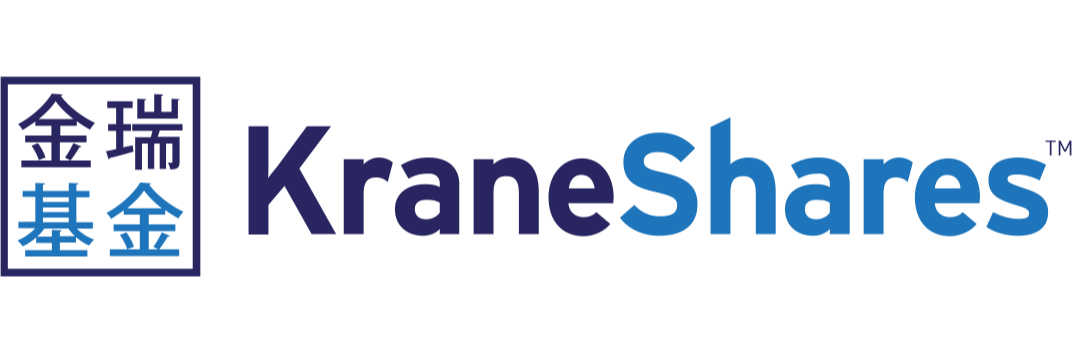The Financial Conduct Authority (FCA) provided more colour on how funds will be categorised under its Sustainable Disclosure Regulation (SDR), however, there are a number of key divergences which risk the UK and EU’s regulation dancing to the beat of different drums.
In a raft of proposals to tackle greenwashing, the UK watchdog said it would introduce disclosure requirements on pre-contractual details, ongoing sustainability information and an entity report for institutional investors.
It added asset managers will also not be allowed to use some sustainability-related terms in product names and marketing unless they qualify for sustainable investment labels.
Regarding labels under the SDR, the FCA changed from its previous draft titles of ‘transitioning’, ‘aligned’ and ‘impact’, to ‘sustainable focus’, ‘sustainable improvers’ and ‘sustainable impact’.
These labels already differ from the numbered Articles under the EU’s Sustainable Finance Disclosure Regulation’s (SFDR), given they explicitly label the ESG merits and credentials of the funds sorted into each tier.
The FCA’s proposals also differ in the fact they do not require funds to disclose on “do no significant harm” principles, as the regulator said this would be “too restrictive at this stage”. Instead, they focus on “more granular information” on the metrics they do contribute towards.
Perhaps the greatest disparity, however, will come from the treatment of funds categorised as ‘light green’ Article 8 under SFDR.
Morningstar warned as much as 23% of funds labelled Article 8 do not meet the criteria of an ESG fund, which is unsurprising given 700 products branded themselves with the label in the first nine months of 2022, while none were downgraded from sustainable to unsustainable.
With the FCA touting more granular disclosure requirements, Article 8 funds will have to satisfy its ‘cross-cutting’ and ‘cross-category’ criteria. If they do not, they will have their sustainable label removed by the UK regulator, creating divergence with the EU and likely additional complexity for investors trying to discern which regulator has the most authoritative rubber stamp.
Becky O'Connor, head of pensions and savings at interactive investor, said:“The FCA's measures should go a long way to restoring faith and eliminating exaggerated and downright misleading marketing of financial products. Moves towards official definitions and labels are a welcome development.”
To what extent the UK and EU align on ESG fund categories will only be seen once the FCA brings its framework into practice and once the dust settles on ‘phase two’ of the EU’s SFDR, which has been delayed twice due to the burden it places on asset managers regarding additional disclosure requirements.
The big roll-up in France
Amundi announced this week it would merge Lyxor European and Japanese equity ETFs with its own Paris-aligned equivalents as a first step in merging the two ranges.
Investors in the Lyxor products will notice changes such as the fees on both ETFs falling by two basis points each. Both were also upgraded from Article 8 to Article 9 under the Sustainable Finance Disclosure Regulation (SFDR) and will see their potential tracking errors from the parent indices rise from 0.50% to 1%.
While the first merge since Amundi completed its acquisition of Lyxor in January, it is unlikely to be the last. Athanasios Psarofagis, ETF analyst at Bloomberg Intelligence, previously found 14 indices were tracked by at least four Amundi and Lyxor products apiece. Add to that the fact these 14 indices are tracked by 30% of the merged company’s assets and the case for streamlining becomes even more apparent.
China’s state versus private civil war
After suspending Alibaba’s fintech arm Ant Group from going public in late 2020, the Chinese Communist Party (CCP) started a campaign of chopping fast-growing Chinese tech companies and their billionaire CEOs down to size, with more than 50 individual regulatory interventions between November 2020 and February 2022.
After a period that saw some Chinese tech indices fall to their lowest levels since 2016, there was a brief period of respite in Q2 as the KraneShares CSI China Internet UCITS ETF (KWEB) – the European rendition of the second-largest China ETF strategy in the world – gained 45% between March and June this year.
That progress has since reversed as KWEB lost more than 19% of its value in the first 90 minutes of trading on Monday, on news President Xi Jinping would have a third five-year term in office, surrounded by a politburo of loyalists.
The CCP’s recent party conference provided no guidance on tech sector policy for the next few years but Jinping’s new team will be reluctant to question the President’s pro-state, anti-private policy direction of the last few years.
ETF Wrap is a weekly digest of the top stories on ETF Stream







